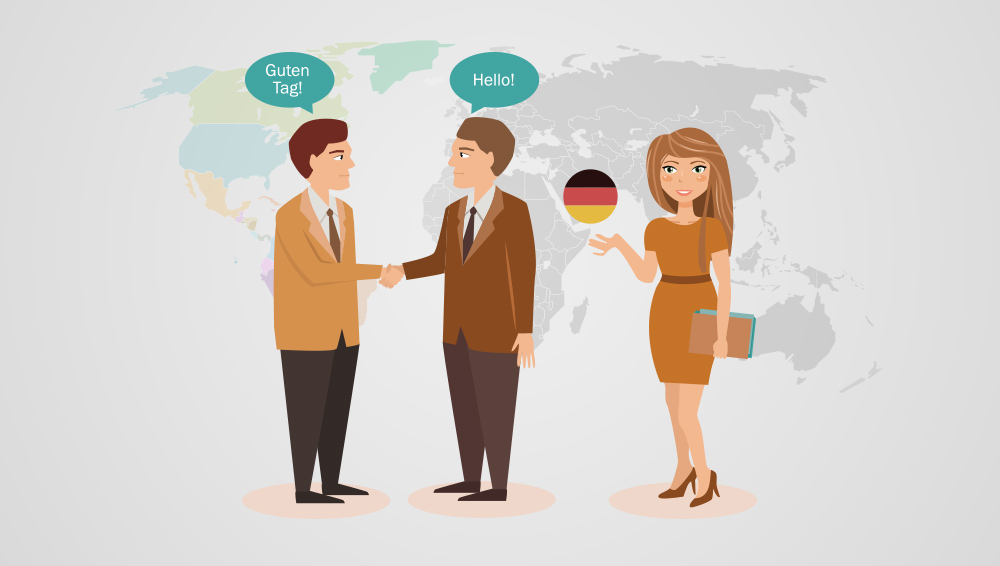Crowdsourcing translation
- Carl Yao
- January 20, 2016
- 5,709 views

Machine translation can only take us so far – but what if we could combine human knowledge with the computational scope of machines?
Translation still has a long ways to go.
In 1964, the National Security Agency intercepted information that indicated North Vietnam had attacked US destroyers. It was only until 2001 that a classified historical investigation revealed that a series of translation errors had likely caused military analysts to falsify later transmissions to cover up their mistakes, resulting in the Gulf of Tonkin disaster.
Today, the day to day language challenges facing globalizing businesses are much less dire – but they are more global than ever. Consider, for example, the rise of e-commerce in Asia. In India, online marketplaces like Amazon and Flipkart are competing for millions of customers but are struggling with rapidly translating information for thousands of products online each day (India has 22 major languages and 13 different scripts, not to mention hundreds of spoken dialects).
These issues are representative of the global nature of our daily lives; goods, services, and information are increasingly assembled and exchanged across continents but our translation technology hasn’t followed at the same pace. While accessible machine translation systems like Google Translate are getting better, the limited language options and worse, the possibility for embarrassing errors make them unsuitable for working with customer-facing content that global players, from businesses to governments, often need. These “globalizers,” as I call them, are left with the option of working with human translators, a high-quality but time and resource intensive alternative that not all can afford.
What if we could combine aspects of machine translation with the sensitivity of human translation? Could we make translation fast and inexpensive but also guarantee complete accuracy?
My answer is, unsurprisingly: of course. The solution lies in the power of the crowd – the ability for large groups of people to accomplish the work of an individual in record time. Breakthroughs in the sharing economy – apps like Uber and AirBnB – leverage the idea that everyday people have resources of value to others, if only the two parties could be connected. We can apply this idea to translation provision as well by finding a technology solution for connecting people with language ability to businesses that need it.
The first step will be to develop a software tool that anyone can use. I believe mobile is the best platform through which to achieve this goal. Mobile applications with an intuitive user interface can do much to bypass the current translation tools that are expensive to acquire and difficult to use. By shifting to mobile, we also allow people to work anywhere rather than being chained to their desktop computers.
Such software should also be fun and easy to use. One of the biggest innovations that technology has brought us is the idea that work doesn’t have to feel like work. The best mobile apps are those that improve productivity while also making the work experience more enjoyable. Unfortunately, most technology software out there today has largely failed in its mission to simplify the translation process. Many would-be translators are put off by the highly technical demands of software used by the translation industry. As a result, both businesses and translators lose out.
Once we have reached these targets – creating free and intuitive tools – we can begin expanding the scope of human translation efforts to the levels demanded by our globalizing world. I believe the era of “big translation” is right around the corner, an era where we can virtually coordinate simultaneous translation efforts from thousands of people around the globe at once. By allowing more people to lend their language talents in their free time through accessible mobile tools, we can maintain the quality of human translation while scaling up the sheer computational capacity of our global translation power. This “sharing economy” model can give us a way to tackle our communication challenges without sacrificing the quality of the “human touch” when it comes to language,
If we can truly crack this riddle – giving normal people a way to translate and earn money – then we could tap into the talents of nearly 3.65 billion multilingual people living on this earth today. Currently, we only have 250,000 professional translators; technology can help us massively scale up our translation capabilities to what they need to be to have a truly globally connected world. This challenge is what attracted us to the mission of Stepes, my own attempt at solving the world’s communication barriers. Realistically however, we’ll need many more innovators in the realm of language. To really move into an era of big translation, our technological infrastructure will also have to shift to one that is more mobile-based and relies on shared resources.











